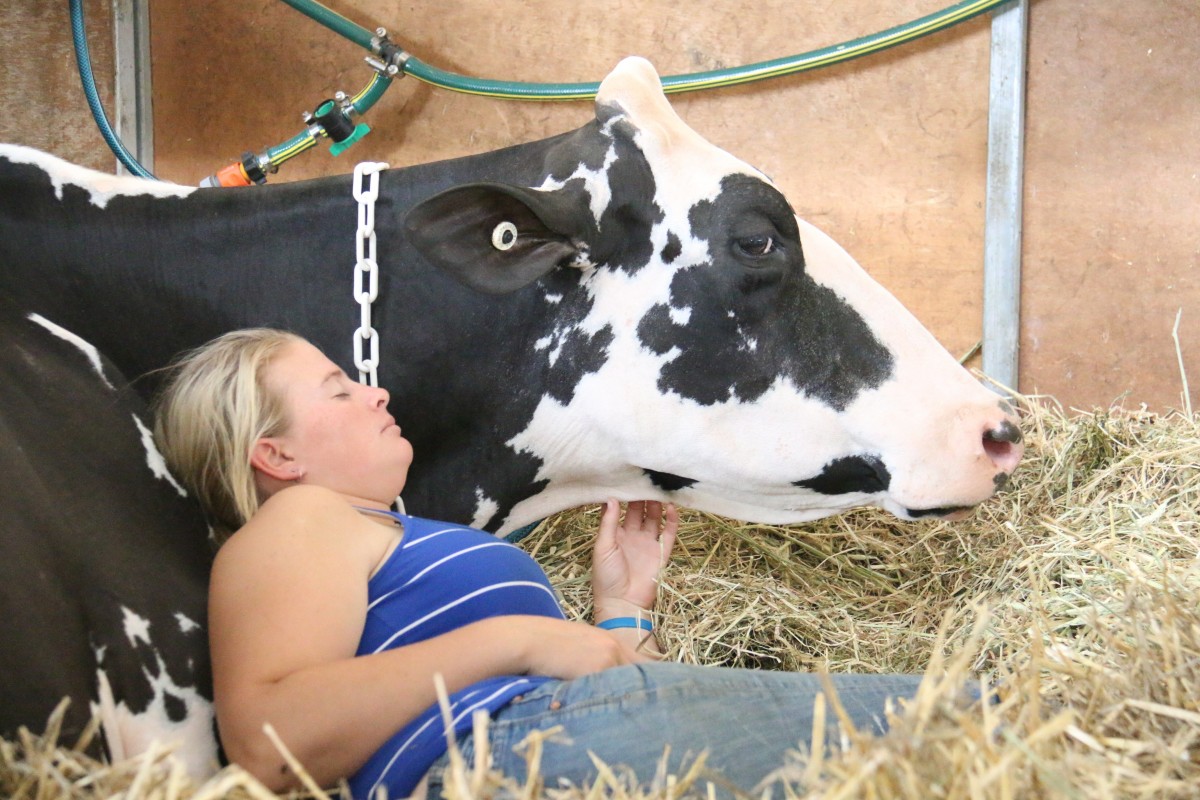All rural residents should talk to their GP about whether the Q fever vaccine is right for them, new research recommends
Researchers are calling on GPs to consider offering the Q fever vaccine to all people in rural areas, not just people in close contact with sheep, cattle and goats.
Rural residents who rarely come into contact with livestock are still at risk of Q fever, with new data showing they have two and a half times greater risk than metropolitan residents who have never lived in rural areas.
“We would recommend that all rural residents talk to their GP about whether the Q fever vaccine is right for them,” Associate Professor Heather Gidding, an infectious disease epidemiologist at The University of Sydney and the first author of the MJA paper, said.
Q fever vaccination is currently recommended for people who are in regular contact with sheep, cattle and goats, such as rural farm workers, abattoir workers and veterinarians.
But a serum survey of around 2,700 people in NSW and Queensland found that exposure to Coxiella burnetiid, the bacterium that causes Q fever, was significant even among rural people who did not work with farm animals.
Out of 62 participants who were seropositive for past exposure to Q fever, 12 (19%) were not in risk groups recommended for vaccination. Of these, nine participants had lived in rural areas.
“Of course, we did find that people who had regular contact with animals were at highest risk,” Professor Gidding said.
“So, one in 10 rural residents with regular contact with sheep, cattle and goats did have evidence of past exposure to Coxiella burnetiid, and people who had assisted with the birth of an animal were twice as likely to be exposed than people who hadn’t.
“And, also, people who had worked in an abattoir were twice as likely to have evidence of past exposure to Q fever as people who didn’t.”
While some people who got Q fever were asymptomatic or experienced flu-like symptoms, wider uptake of Q fever vaccination could prevent some of the worst effects of the disease, including pneumonia, hepatitis, chronic fatigue or endocarditis, Professor Gidding said.
“Q fever can be quite a nasty disease,” she said.
There are more than 500 cases every year in Australia, but this figure is likely to be an underestimate due to the difficulty in diagnosing Q fever. The disease has non-specific symptoms, but can be detected through a blood test.
However, awareness of the vaccine is low; among those who were recommended to receive the Q fever vaccine in the study, only 40% had heard of it, and only 10% were vaccinated.
Administering Q fever vaccination is slightly more complicated than other vaccines because it requires an initial blood test and skin test to check for prior exposure to Coxiella burnetiid.
If either test comes back positive, Q fever vaccination is not recommended because there is a higher risk of adverse effects. These tests require a diluted form of the vaccine so GPs will often do vaccinations in batches to save on costs, Professor Gidding said.
For patients, Q fever vaccination means two appointments a week apart, two needles and a few hundred dollars in out-of-pocket fees.
The Q fever vaccine is not currently recommended for children under 15, but the senior author of the study, Associate Professor Nicholas Wood, is launching a pilot study looking at whether Q fever vaccinations could be administered safely in the 10 to 14 year age group.
MJA 2019, 15 April


